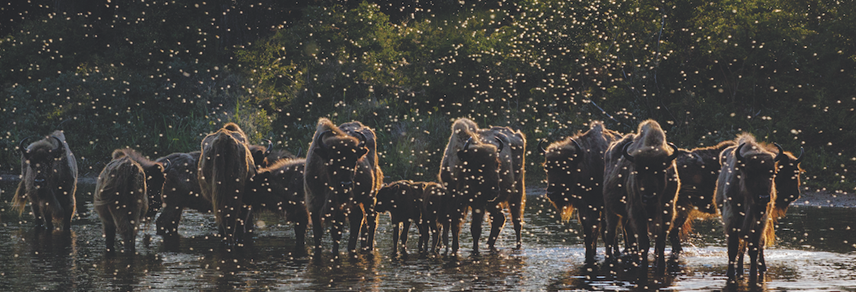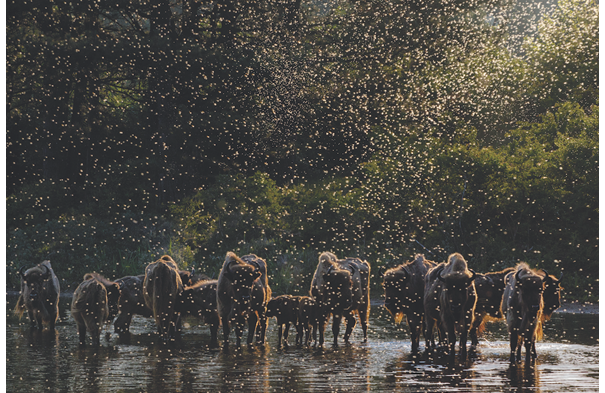
SCIENTIFIC METHOD
Who: DONG Energy and the Natural History Museum
Objective: Amid gorgeous photographs of nature and wildlife, there is a deeper message being communicated at the Wildlife Photographer of the Year exhibit, it’s that humans have an impact on the natural world.The Natural History Museum (NHM) and Danish wind energy company DONG Energy are trying to get that across through a partnership surrounding the exhibit. The museum has run the competition and exhibition for 52 years, but DONG Energy has been a partner for the last three. The partnership enters its fourth year on 20 October, when the exhibition’s 53rd edition opens to the public.
Strategy: The partnership was formed as a means of building brand awareness for DONG Energy, but also to support the NHM’s science and conservation mission. “We have a responsibility to the natural world,” DONG Energy’s UK head of communications, Ruth Hart-Leverton says, adding that the exhibition imparts a sense of responsibility that people have for the future of the planet’s wildlife and natural world. The NHM’s head of corporate partnerships, Becky Ettinger, adds that the partnership with DONG Energy allows the museum to provide educational programmes to schoolchildren, to continue supporting conservation work and to run the massive competition that is the Wildlife Photographer of the Year; last year’s submissions topped 50,000.
Rationale: “There was a great alignment with DONG Energy. Some of their aims as the world leader in the wind energy sector align well with us at the museum. The awareness they get from the branding of the exhibition has been a key driver,” Ettinger adds. The partnership then enables the museum to tackle the societal issues that will arise involving the natural world and continue to inspire people to care for the natural world. Hart-Leverton says that is a key brand alignment for DONG Energy, which also supports the advancement of science. She adds, “It’s so important not just that the science is being done, but it’s also being brought to the general public, not just done in a research environment; it’s trying to engage people. We all need to care about the natural world and we need to develop that knowledge and that understanding that humans have on the natural world. Engaging with people is a great way of being able to do that.”




